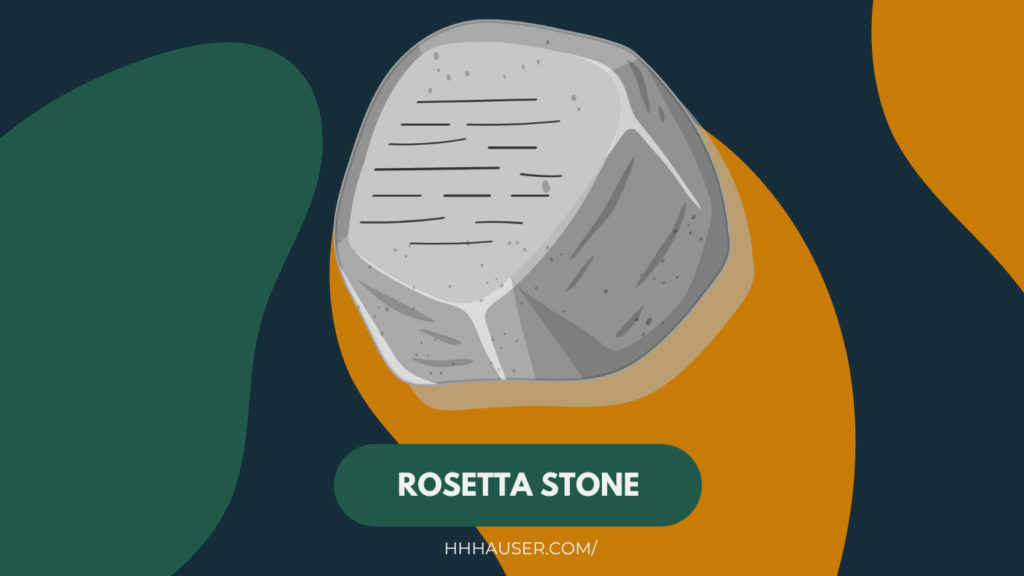
2,200 years ago, ancient Egyptian city of Rosetta
Now: The British Museum, England
Honestly, the Rosetta Stone is a boring read, a priestly decree issued in 196 B.C., affirming the divine cult of King Ptolemy V on the first anniversary of his coronation. But its scribe chiseled the message into the black slab three times in a row in different scripts: Ancient Greek, Ancient Egypt’s formal hieroglyphs and its more casual, cursive demotic script. And that bilingual, tri-script inscription enabled decipherment of Egyptian hieroglyphs, unlocking all of the ancient civilization’s writings.
Discovered in 1799 by French soldiers during Napoleon’s campaign in Egypt, the artifact wound up in London after British troops defeated the French there in 1801. Ancient Greek was understood, so scholars and the public immediately recognized the stone’s potential for deciphering hieroglyphs. But it would be another 20 years before Jean-François Champollion successfully cracked the code.
The most popular item in the British Museum today, the relic measures 3 feet 9 inches and weighs 1,680 pounds, though about a third is missing, knocked off over the ages. The full text is still known, however, because other monuments bear the same decree.

Leave a Reply